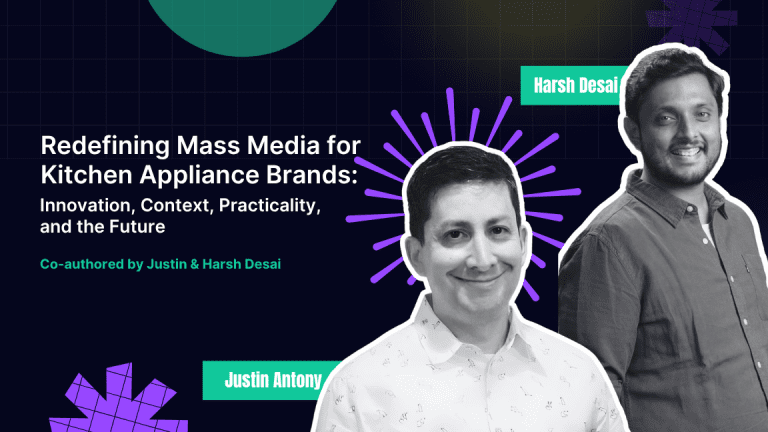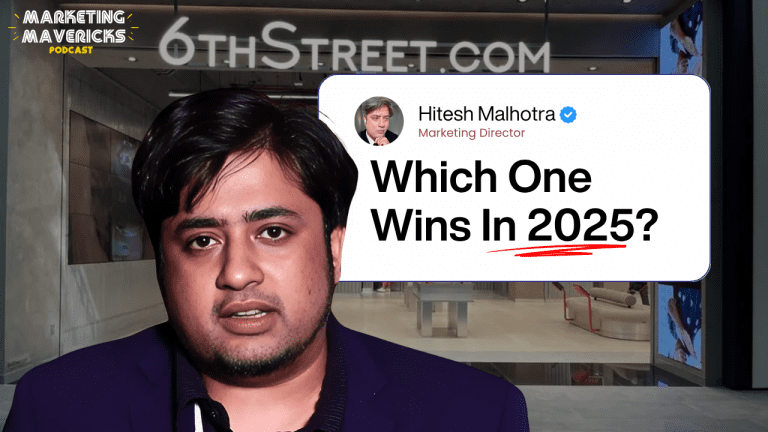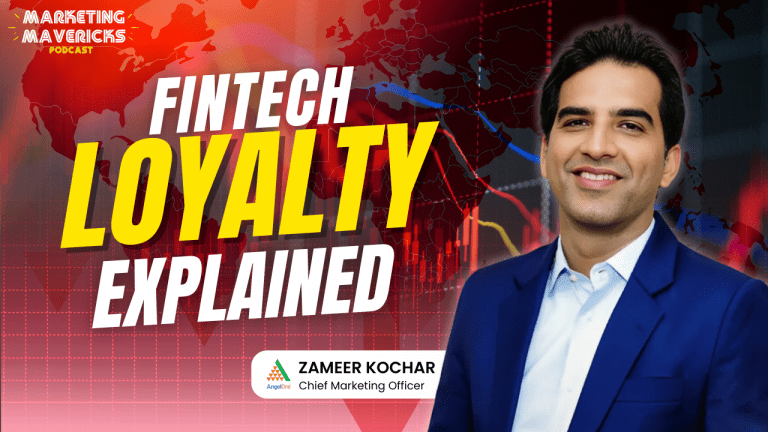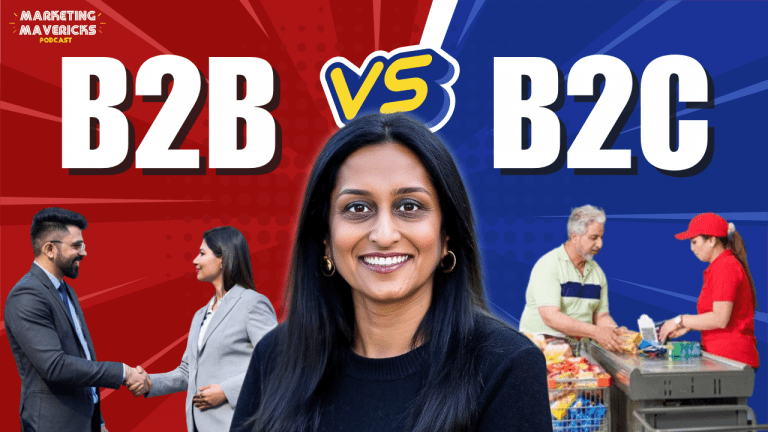Remember the rupee symbol (₹)? Here’s a fun fact about it: the currency symbol was designed by D. Udaya Kumar, an Indian academic and designer, and is said to incorporate elements of the Devanagari and Roman scripts – a thoughtful reinterpretation of the modern and traditional. The symbol was presented to the public by the Government of India on 15 July 2010 following its selection through an open competition!

The above example reminds me of an interesting quote. Jeff Howe in his book Crowdsourcing: Why the Power of the Crowd Is Driving the Future of Business highlights how crowdsourcing is creating a new business pattern—recognizing that
“the crowd is more than wise—it’s talented, creative and stunningly productive.”
– Jeff Howe
Adding in the fact that we’re in a post-COVID world, organisations must first win the tug-of-war for talent to survive in a hyper-competitive world, which makes the public your best friend – and resource.
A report by management consultancy firm, Korn Ferry, talks about how the global economy could face a shortage of 85 million jobs by 2030, largely due to one generation of experienced workers would have exiting the industry and younger, upcoming employees not having had the time or experience to catch up to the skill levels required for the high-skill jobs they leave behind.
Today, crowdsourcing helps companies solve a variety of challenges, from simple tasks to more complex needs that require specialized skills. It has achieved amazing results in some cases, creating better and more scalable solutions at a lower cost.
When it comes to hiring freelancers, the biggest challenge is to ensure that you are bringing the cream of the crop onboard who will put your money to good use. And when it comes to hiring multiple, quality control and management is of the highest importance. Crowdsourcing creatives, a step up from crowdsourcing from the general public, brings people with a wide skill and talent pool together, so there aren’t any geographical constraints to get in the way.
Moonshine Meadery crowdsourcing people to make a mead label for them
Every veteran entrepreneur knows that this idea is just the beginning. Bringing a product to market requires many additional, equally important steps, many of which are not easy for an established company, especially for a truly groundbreaking product. This means that the role of external groups must go beyond the mere “fun part” of idea generation. The inventor must be involved in scaling up of the idea.
Why crowdsourcing creatives works
Microtasking, a form of crowdsourcing, breaks down a massive project into multiple small tasks ready to be assigned to a crowd. The best example of this is the way Starbucks wanted to redesign its cup in 2014, where they asked customers to create compositions and vote on their favourites. The company took inspiration from its customers who had been doodling designs on their paper cups for years and launched a White Cup Contest in the U.S. and Canada and then submit the design through social media using #WhiteCupContest. The winning design was then printed on a limited edition Starbucks reusable plastic cup, which was also reusable.
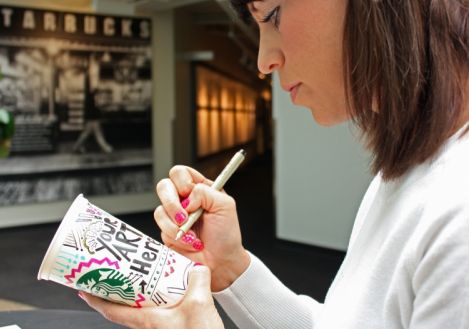
A project-economy approach to branding and marketing has massive benefits for the company as it supports short term and long-term growth of a business, whilst allowing the business to operate right through the management chain without increased overheads and the need to increase in permanent staff roles.
About four in 10 advertising and marketing executives said the freelance creative talent pool has grown stronger in a 2018 survey from the staffing firm The Creative Group has found.
Creative industries have historically flourished in major metropolitan areas such as London, New York and San Francisco, yet with the spread of the internet and people prioritising comfort over higher living costs, 76% of freelance designers now live in smaller cities, towns, villages and rural areas.
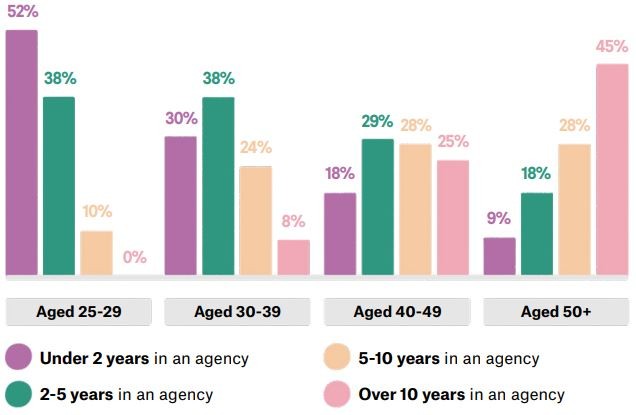
A standard business without an internal creative team generally leads to tie-ups with expensive agencies with some form of a limited perspective. Since most agencies are largely staffed by white collar professionals and graduates of (mostly) English-medium communication schools, certain perspectives will be marginalised. Through crowdsourcing creatives and freelancers, companies can access a variety of voices needed to resonate in a multicultural world.
The concept of using crowdsourcing for marketing is to ideally supplement the overall marketing strategy of a company. And this applies to all sorts of companies – big names like Lockheed Martin, Samsung, and Coca-Cola have previously leaded on crowdsourcing to spark new product ideas or uncover solutions to complex problems.
Larger companies have used the power of the Super Bowl to entice clients to create their own TV commercials, promising one lucky person to show their ad during the Super Bowl. Smaller companies can learn from this and use it as a basis for their own crowdsourcing campaigns.
When it comes to crowdsourcing creatives, this blurs the lines between designers, marketers, and consumers, leading to a pool of people who can do all three: experience the product, know what they’d like to change about it, and have the tools to do so.
Benefits of Crowdsourcing Creatives
Keeps customers engaged and through scale: A great example of this is LEGO. LEGO established the LEGO Ideas platform, where users can submit their ideas for new LEGO sets. People are also able to vote and offer feedback, and any idea that has received over 10,000 votes is reviewed by LEGO. If an idea is selected, he gets to work with the LEGO team to make his idea a reality and also gets royalties on sales. And this is an ongoing process. The platform not only supports new idea generation, but it also enables LEGO to validate a demand for such ideas.
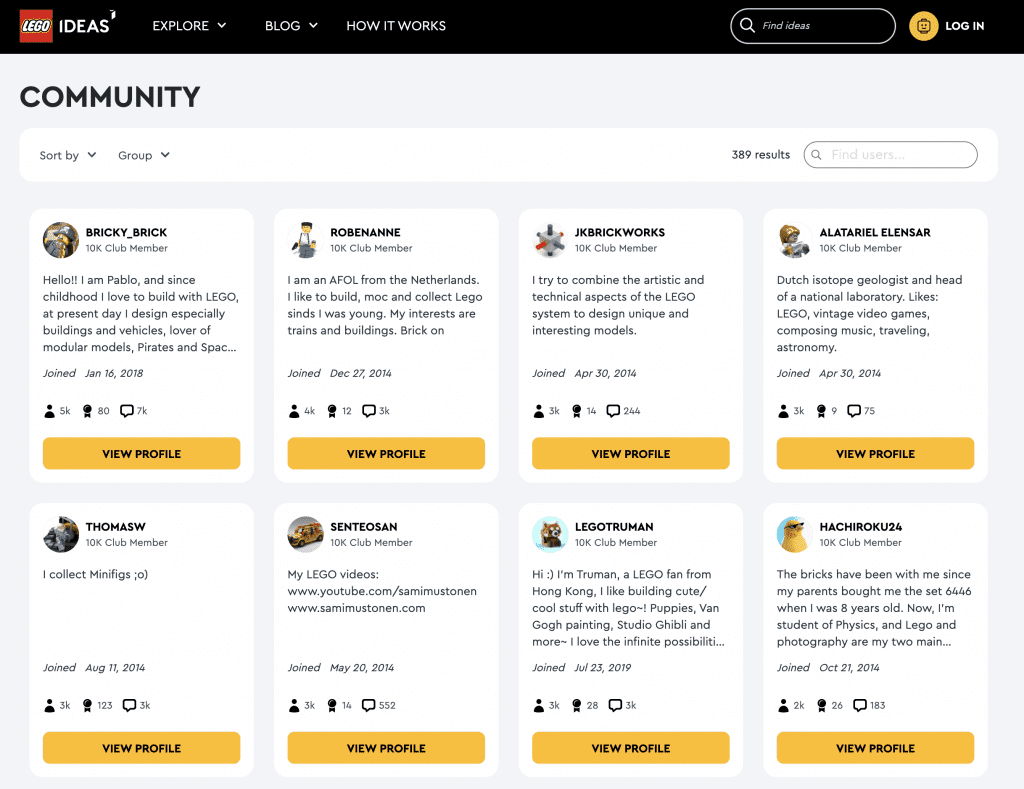
Crowdsourcing enables one to tap into a vast global talent pool in a short while in a cost-effective manner and with better quality. Having 10-20 freelancers working on a few illustrations individually would produce better work and more quickly than one person churning out content to keep up with timelines that wouldn’t make sense for the general public to keep up with.
Promotes innovation & diversity: Accessing the thoughts of a broad group of people allows for more out-of-the-box thinking. There’s no better example for this than IndieFolio’s tie up with Meesho’s campaign to celebrate Republic Day. A community of talented illustrators from all over India was curated by IndieFolio and over 30 custom illustrations were crafted, each highlighting a different state and region of the country.
Another one was from Airbnb and eYeka, a crowdsourcing platform. The launched a video contest for Airbnb in 2015, asking filmmakers to submit inspiring videos to help viewers understand how Airbnb enables travellers to feel like they belong. The winning creators would share €20,000 of prize money.
Attracts ambassadors: If crowdsourcing collects enough positive enthusiasm from your audience, participants evolve into brand ambassadors. Your new ambassadors may be an excellent source of word of mouth marketing. IndieFolio also tied up with KFC to celebrate 600 stores in India, by bringing together talented illustrators to design their famous buckets of chicken, which saw a wide uptake by the public to toast the different regions they belonged to.
Get the biggest bang for your buck: Crowdsourcing facilitates profit maximisation, offering the advantages of flexibility, scalability and access to a broad range of skills and experiences at significantly lower prices, coupled with freedom from employment regulations, thereby appealing to firms wishing to access labour that expands and contracts on demand, without too many logistical hurdles – saving internal resources for more critical jobs. (Caraway, 2010; Kittur et al., 2013; Bergvall-Kåreborn & Howcroft, 2014; Aloisi, 2015; Leimeister & Durward, 2015).
According to a McKinsey estimate, the use of platforms that allow for crowdsourcing could boost business output by up to 9% while lowering overall human resources and talent acquisition costs by up to 7%.
However, it is important to leverage this tool in a way that works for the brand instead of against it. Stephen, Zubcsek, and Goldenberg (2016) investigated the role of social networks in facilitating innovation in crowdsourcing platforms, noting that when customers are exposed to or inspired by others’ ideas, these can start defining their own, which could negatively impact innovativeness among ideas produced, and by extension, the brand. This can however be attenuated by explicitly instructing crowdsourcing participants not to rely on other customers’ ideas for inspiration, and keeping crowdsourcing timelines short.
Some creative crowdsourcing ideas:
Limited-edition packaging: Crowdsourcing for packaging offers unconventional solutions and alternative packaging formats that are revolutionizing the way consumers buy, use and consume products. It can provide retail differentiation and provide growth momentum to the packaging and consumer industries. It will enable partnerships with other industries to jointly develop packaging solutions that meet modern needs.
The Chiquita brand asked consumers to submit design ideas for the stickers on its bananas. That little sticker that goes unnoticed on the breakfast table drove a viral online frenzy and paid off! The best 18 designs were voted on by consumers and made it onto millions of bananas – giving participants a wide-reaching platform for their art.
Here’s another fun one: Heineken, when celebrating its 140th anniversary, launched the Heineken Limited Edition Design Challenge. A crowdsourced design contest that looked to design a bottle that “symbolises how people around the world will connect in the next 140 years.” But they encouraged creative people to form design teams through Facebook!
For that festival feel: IndieFolio recently worked along with Ogilvy to help Coca-Cola extend their social footprint for their Diwali campaign – #Cokelog. 35 illustrators were curated and commissioned – to incorporate Coca-Cola’s iconic silhouettes and merge it with unique festival perspectives, allowing artists to bring about a variety of designs that were personal to them, allowing others to also be taken up with the designs.
A crowdsourcing campaign can be something that’s run to make your brand pop-out once in a while – bringing in fresh talent to spice up the look. India’s umpteen festivals are a great time to run such campaigns. Research by Nishikawa and colleagues (2017) shows that labelling new products as crowdsourced can improve market performance, with customers believing that crowdsourced products would address their needs more effectively and be more likely to be successfully designed than non-crowdsourced products.
To sum it all up:
Crowdsourcing creatives, though platforms like IndieFolio, would help any brand spark up conversation. When a multitude of talent works on an idea with their own varied perspective, there’s no room for staleness. A collective of freelancers, who can be a mixed team of web designers, illustrators, graphic designers, etc., could do more for a campaign than an in-house team sometimes, especially when multiple campaigns are running. When you hire full-time employees, you also need to invest in their learning and development to ensure that they keep delivering high-quality work. Crowdsourcing helps retain talent long-term and makes it easy to scale up projects quickly and at a lower cost. While this article covers in particular design and FMCG crowdsourced creativity, the tactic can be used in almost any stage of development of a company or product – SEO writing, web page designing, product mock-ups, and more.


